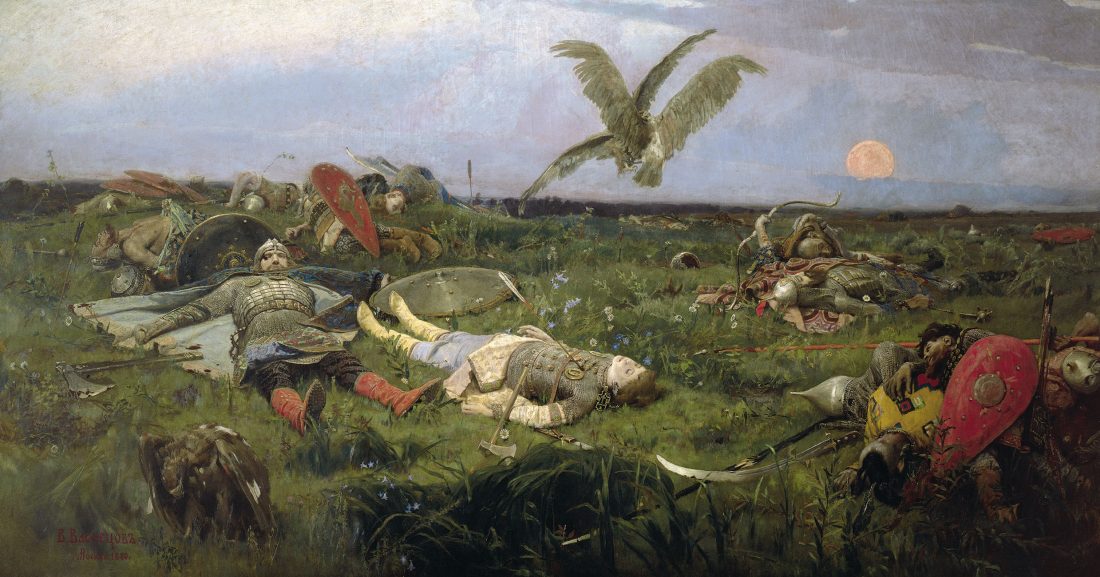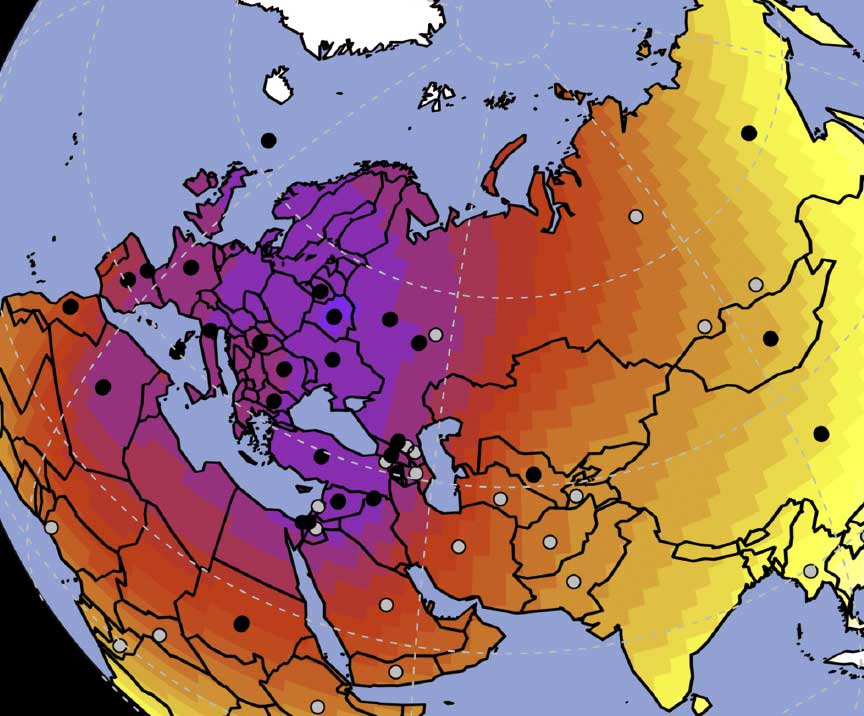Sergej Nikolaev has published a new monograph on The Tale of Igor’s Campaign (you should download and open it in a PDF viewer to view some special characters correctly):
Слово о полку Игореве»: реконструкция стихотворного текста, by С.Л. Николаев (2018).
Abstract (in Russian).
… Read the rest “New monograph on The Tale of Igor’s Campaign (in Russian)”Текст «Слова о полку Игореве» (далее «Слово») дошел до нас в двух неточных (отредактированных) копиях со списка нач. XVI в. и нескольких выписках из него. Наслоения, привнесенные переписчиком нач. XVI в. (или несколькими переписчиками) – редактура в русле 2 го южнославянского влияния и поздние диалектизмы – непоследовательны (§9.3.1) и не настолько исказили стихотворный текст рубежа XII–XIII

